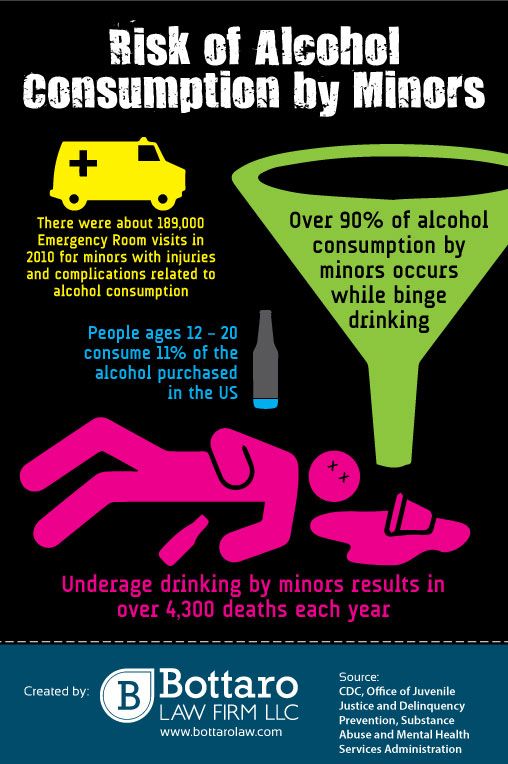How do i teach my child to write her name
How to Teach a Child to Write Their Name: Simple Steps
- Share
If you want to learn how to teach a child to write their name for the first time, it can be tempting to whip out a piece of paper and start tracing letters.
If your child is still in preschool, she needs to develop important pre-writing skills before moving onto pen and paper.
Read on to find out how you can go about preparing your child and eventually teaching her how to confidently and correctly write her name.
When Should a Child be Able to Write Their Name?
Firstly, you may be wondering if your 3 or 4-year-old should be able to write their name or why you are practising so often and your child is still not properly writing it.
It’s important to understand that children first start randomly forming and experimenting with letters as part of the developmental stages of drawing.
Scribbles and lines turn into loops and spirals and then shapes.
At some point, between 2 and 4, shapes that vaguely resemble letters start to emerge (like the capital letter T or V). These are not yet necessarily formed on purpose.
At around the age of 4, your child will probably start to “write” on his drawings, which means he is experimenting with forming letters he sees often – in his environment, his name written on his artwork, etc.
He may proudly announce that he is writing. Your child is probably more exposed to his name than any other word if it’s written on his belongings, his artwork and especially if a parent is trying to practise it often.
The simple answer is don’t worry about it. There is no age that your child must know how to write his name. It will probably start emerging around 4 years, maybe a little earlier or later.
If your child is too young developmentally to be expected to write, then the same applies to his name.
While it is inappropriate to start teaching and expecting your child to write, it is understandable that you may want to practise just his name.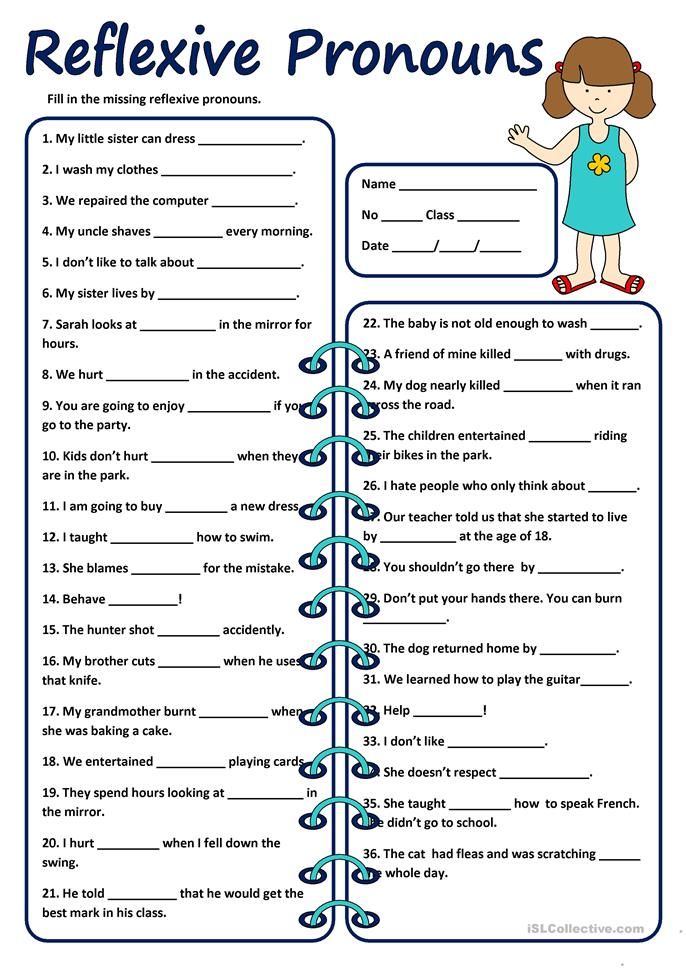
There are ways to do this that are fun and developmentally appropriate and that will not cause stress or worse, boredom!
Should Children Write their Names with Capital Letters
It is easier for a young child to learn their name in capital letters first, as these are made up of simpler lines and curves.
Your child will also experience more success when actually being able to form the capital letters.
While many still believe in only capitalizing the first letter, this article on teaching capital letters first is an excellent explanation of why it’s best not to introduce a young child to lowercase letters.
The occupational therapist states:
“No matter how excellent the instruction, not all five-year-olds have the underlying spatial-temporal perceptions or visual motor skills to support learning lowercase.”
When a child learns to form the letters incorrectly, it becomes more difficult later on to form the letters properly.
Here is a common example of how children write a letter ‘a’ when they don’t have fine motor control yet, or they have not been taught the correct formation.
They tend to draw a circle and then attach a line or stroke onto the side. This will not be an easy habit to undo.
Here is an example of how to teach an older child the correct formation. Start at the top, go around to the left, all the way back up, then straight down.
This particular font has a flick at the bottom. Some schools use a font similar to this, or one where the ‘a’ has a straight line without a flick.
This does not matter too much. It is more important to focus on the correct direction and to not lift the pencil to form the line going down.
How Do You Teach a Child to Write Their Name?
Writing is a process of developing many skills, and the very last step in that process is writing letters on a piece of paper with a pencil or pen.
Children begin writing by the first grade because by then they have developed the necessary fine motor control to write correctly and control their pencil.
For preschool children, the first step in the puzzle is to develop their fine and gross motor skills, and later to start learning to write their names by being introduced to letters in many different informal ways.
Put away the worksheets, boring traceables, online apps and any other activity that isn’t play-based.
There’s a reason children are wired to play for the first few years of their life. It’s how they learn. Everything else is a waste of time.
Here is a quick breakdown of the steps involved in teaching your child to write their name.
1.
Develop General Fine and Gross Motor SkillsIn order for children to be able to write – a skill that requires fine motor control – they need to first develop their gross motor skills.
Think of this as starting large and going smaller over time.
Gross motor skills can be built through everyday movement and play activities.
Children should experience movements such as climbing, running, swinging, jumping, skipping and playing with balls.
They will naturally develop these muscles during free play and you can also play games with your children to specifically work on these skills.
Children develop their gross motor skills first and later their small muscles strengthen.
Fine motor activities include drawing, painting, playing with beads, using pegboards, threading, lacing, etc.
These are all vitally important as children must have good muscle control before they can hold a pencil and write.
Start with these fine motor skills toys you probably already have at home.
2. Let Your Child See Their Name Often
An important step in learning to write a name is name recognition.
A child who sees her name often will start to understand what it represents, imprint it in her memory, and have greater success when attempting to write it.
Write your child’s name on the top left-hand corner of her pictures. This also teaches how we write from left to right and top to bottom in English.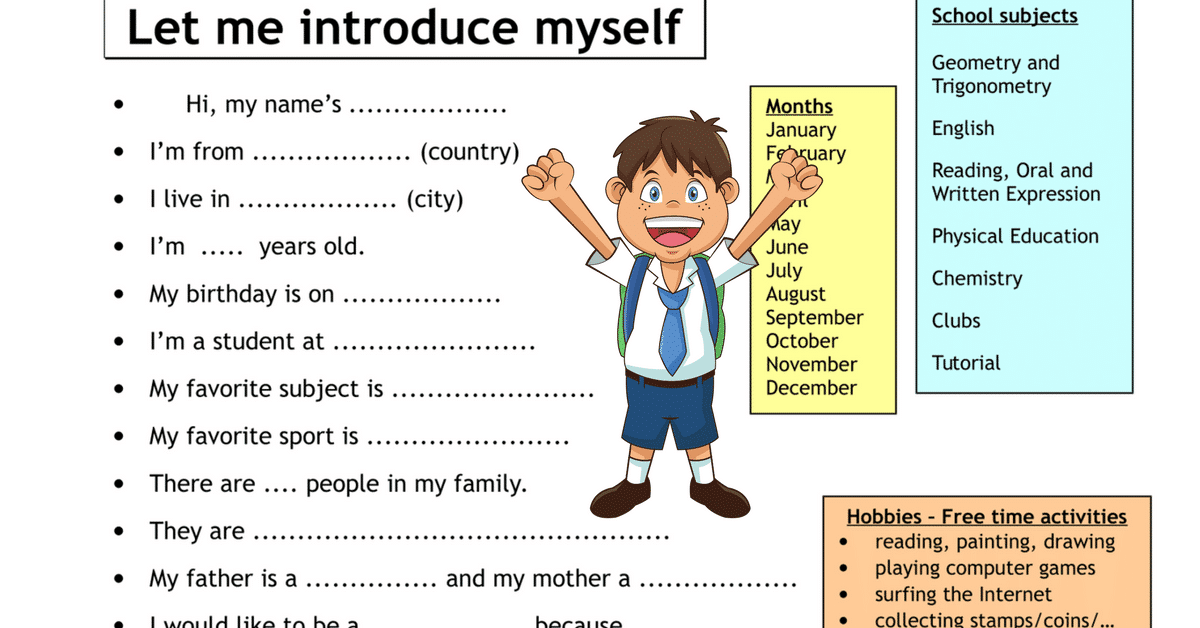
Label her belongings, her bedroom door if possible and any other places that are appropriate.
To help you teach the letters, print your child’s full name out in big on a piece of paper or banner and keep it visible during all the following activities.
3.
Walk the LettersUsing chalk, draw one letter at a time of your child’s name in huge letters on concrete or paving. The letters should be big enough for your child to walk around them.
Practise correct formation by starting in the correct place and moving along the letter in the correct sequence. Use language to explain the formation.
Let’s start here. Walk all the way up. Turn around and go down all the way to the bottom.
4.
Use Messy PlayMessy play is the best way to teach name recognition and writing. Focus most of your attention on these kinds of activities.
Try to use all the senses if possible – touch, sound, smell, taste and sight. When more senses are incorporated, the concepts are learned quicker and associations are made.
When more senses are incorporated, the concepts are learned quicker and associations are made.
This post contains affiliate links for educational products that I personally recommend. If you purchase through one of them, I earn a commission at no extra cost to you. Read the terms and conditions for more details.
The messier the activity is, the more likely your child will remember the letters they were playing with and their shapes.
- Use a large paintbrush dipped in water to trace over medium-sized letters drawn in chalk on the paving.
- Form letters in shaving cream.
- Form letters in a tray of sand or in the sandpit.
- Bake letter cookies.
- Say the letter sounds out loud as you form them (not the name ‘bee’ but the sound ‘b’).
- Write the letters on big pieces of sandpaper and get your child to trace them. Feeling the rough texture is an excellent way to imprint the formation in your child’s mind.
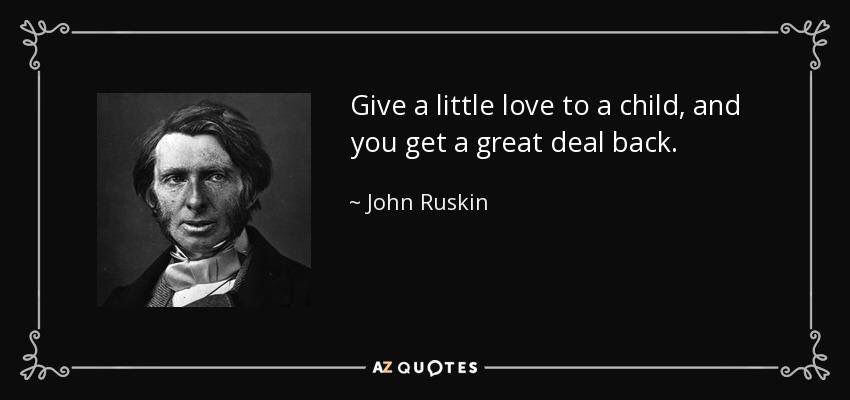
- Use finger paint to trace over letters on large paper.
- Using playdough, build each letter in the name. Try making something that starts with that sound.
5.
Play with LettersLet your child play with plastic, foam, rubber or wooden letters.
Feel the letters and trace them with your fingers. Build your name with the letters. Say the sound of each letter.
Fridge magnets are a great way to play with and feel letter shapes.
6. Do
Pre-Writing ExercisesMaking lines and patterns is a great way to introduce the shapes and formations found in letters. Try these pre-writing exercises too.
7.
Start Tracing LettersWhen your child is older (and ready) and you have practised letters in multiple ways, they can start tracing big letters on paper.
- Print each letter onto an A4 paper.
- Get your child to trace over each letter with their finger.
- Ask them to trace that letter onto your back.
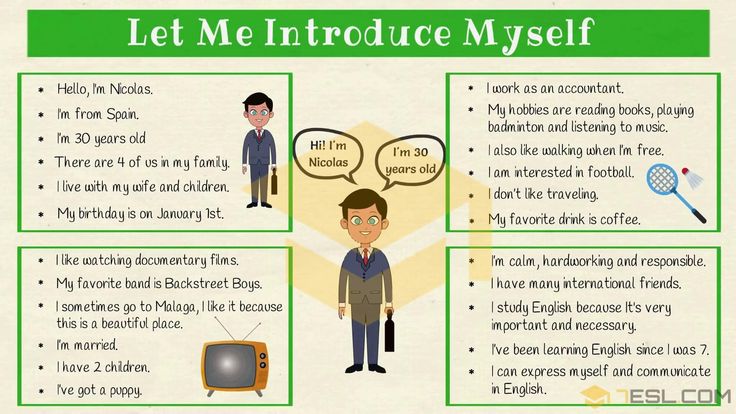
- Then take coloured wax crayons and trace the letters a few times.
Over time, you can start to decrease the size of the letters. Print your child’s name in grey letters or dotted letters and ask them to trace the letters in pencil.
Later, write their name softly on their work and get them to trace over it, until they are writing it independently, using the correct formation.
If your child experiments with writing their name before the process is complete, don’t stop them. Allow them to experiment with writing freely.
Remember to have fun and let your child progress through the steps at her own pace.
Get FREE access to Printable Puzzles, Stories, Activity Packs and more!
Join Empowered Parents + and you’ll receive a downloadable set of printable puzzles, games and short stories, as well as the Learning Through Play Activity Pack which includes an entire year of activities for 3 to 6-year-olds.
Access is free forever.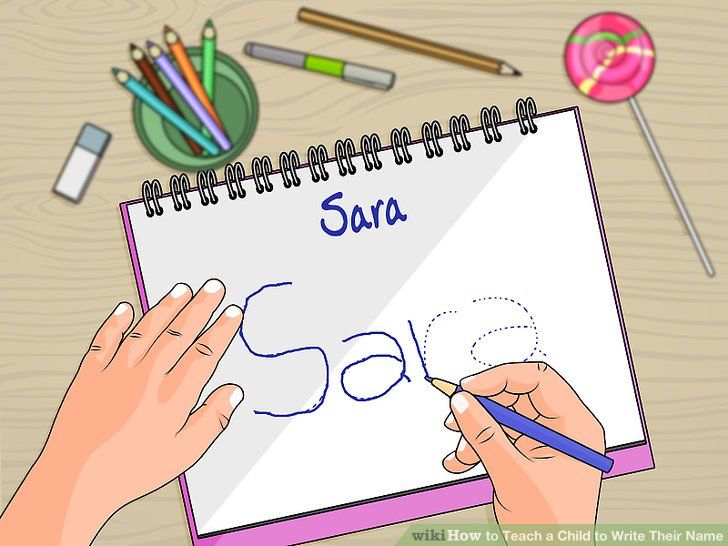
Signing up for a free Grow account is fast and easy and will allow you to bookmark articles to read later, on this website as well as many websites worldwide that use Grow.
- Share
A simple way to practice name writing
PSPKK12316 Comments
This post contains affiliate links. As an Amazon Associate I earn from qualifying purchases.
Sharing is caring!
Is your child struggling to write his name independently? Try this simple strategy for kids who are close to entering kindergarten but still need some help writing their names.
(This post contains affiliate links.)
This Reading Mama and I have been sharing our top tips for getting little learners ready for kindergarten. So far we’ve talked about interactive read alouds and concepts of print.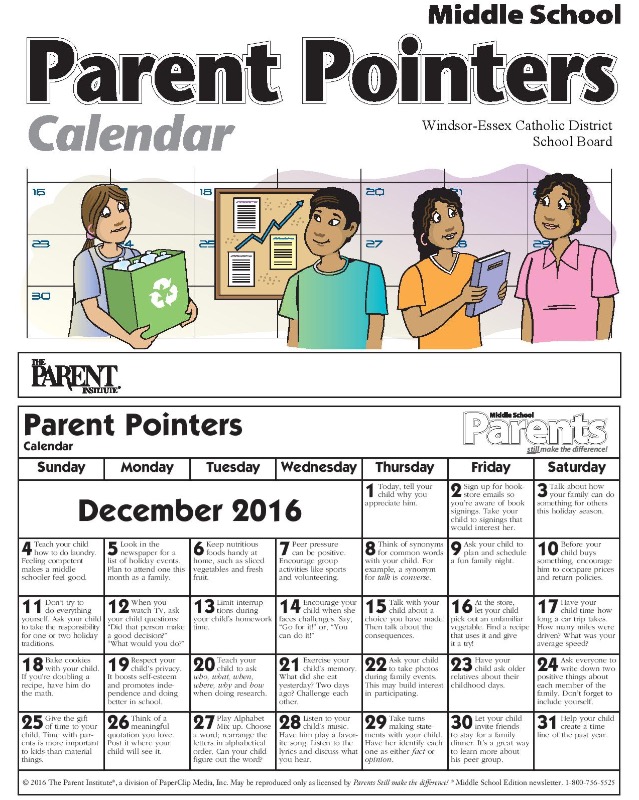 Today we’ll talk about teaching your child to write his or her name.
Today we’ll talk about teaching your child to write his or her name.
Try hands-on activities first!
Before you have your child practice name writing with a pencil, you’ll want to do a lot of hands-on activities to help him recognize and form the letters of his name. You’ll find some quick name activities in this post and even more of our favorite name activities here.
Your child needs to know two things to write his name on paper…
- how to hold a pencil correctly – (try these tips)
- how to spell his name
While it is helpful, it’s not absolutely necessary that your child knows how to form all the letters of the alphabet, or that he knows the distinction between upper and lowercase letters before he writes his name.
However, if your child is close to entering kindergarten, please know that most kindergarten teachers prefer that children enter school writing their names with a capital followed by lowercase letters. In the sample images below, you’ll see capital letters throughout the name… because my little guy has a while until he’s in kindergarten. 🙂
In the sample images below, you’ll see capital letters throughout the name… because my little guy has a while until he’s in kindergarten. 🙂
A fun song to help kids learn to spell their names
Before our kids are ready to write, we’ve taught them how to spell their names by singing their names to the tune of “There was a farmer who had a dog.” Most names – except very long ones – can work with this tune, if you modify it just a bit.
An example:
There was a girl who liked to play,
And Emily was her name-o!
E-M, I-L-Y,
E-M, I-L-Y,
E-M-I-L-Y,
And Emily was her name-o!
Try this simple strategy to practice name writing
What if kindergarten is on the horizon and you need a quick way to practice name writing? Your child can make a lot of progress in just a few weeks by trying this simple strategy.
You will need:
- a pad of blank paper or blank paper stapled together
- a pencil or skinny marker
Turn to the first page in the pad of paper. Have your child write his name the best he can, even if it takes up the whole page.
Have your child write his name the best he can, even if it takes up the whole page.
If your child is new at this, hold his hand as he writes, saying the names of the letters as you do so.
Have your child write his name on a new page each day. Provide as much support as necessary. You may need to hold your child’s hand for some letters and not for others.
After a month of this, your child may surprise you by writing his name just the right size! At this point, if you’d like, you may introduce writing on a plain line and then – if it doesn’t frustrate your child – basic handwriting lines.
If writing is a struggle for your child, using a marker is a good first step. But do be sure that your child can also write his name with a pencil before starting kindergarten.
Other ideas for name writing:
- Write your child’s name using a highlighter. Have him trace it using a pencil.
- Write your child’s name on a card.
 Have him copy it by using his finger to “write” his name in a sensory tray of shaving cream, salt, or sugar.
Have him copy it by using his finger to “write” his name in a sensory tray of shaving cream, salt, or sugar. - Play a name fishing game with this free printable.
- Have your child “sign in” to do an activity – whether that’s have to have a snack or enjoy some screen time.
Check out the rest of our kindergarten readiness tips!
Free Spelling Games
Get this fun variety of sample spelling games from the membership site! The download includes resources for spelling CVCE words, long vowel teams, and multi-syllable words.
Sharing is caring!
Filed Under: Writing in Pre-K, Writing Tagged With: Pre-K, kindergarten
You May Also Enjoy These Posts:
Digraph say & cover
Single player digraph games
Trackbacks
🎖▷ Why you don't need to worry about weight gain with Lamictal
psychology
6,803 2 min read
If you're worried that taking Lamictal (lamotrigine) might cause weight gain, there's good news.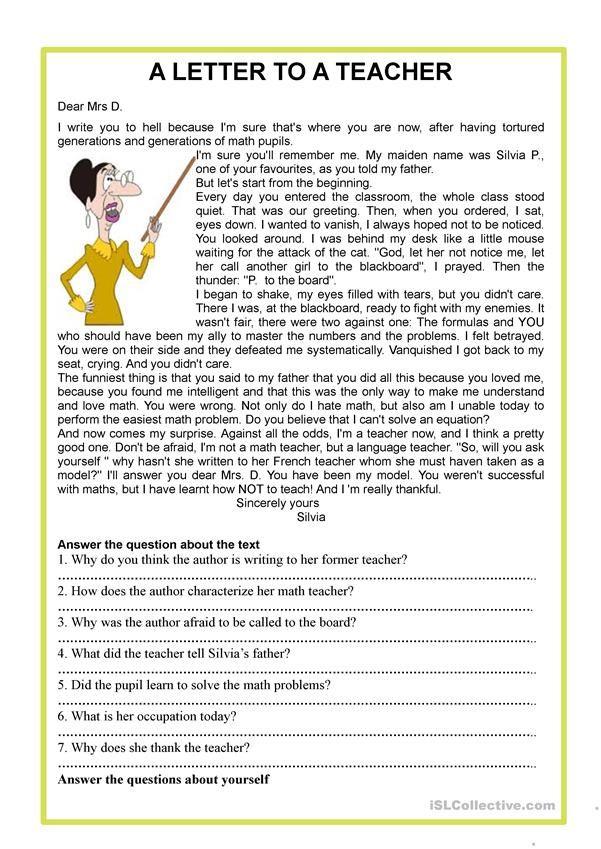 It probably won't affect your weight much. If anything, you're more likely to lose weight due to Lamictal than gain weight, but either way, the changes are likely to be pretty small.
It probably won't affect your weight much. If anything, you're more likely to lose weight due to Lamictal than gain weight, but either way, the changes are likely to be pretty small.
The effect of Lamictal on weight has been little studied and various clinical trials have found minimal effect. In fact, some researchers even considered the drug as a possible remedy for obesity and as a remedy for overeating. This information should be reassuring for people with bipolar disorder, as many of the medications used to treat this condition can cause weight gain. nine0003
Lamictal findings and weight gain or loss
Lamictal is an anticonvulsant that can be used to treat seizures such as epilepsy. It is also used as a mood stabilizer for bipolar disorder.
In the first clinical trials with the drug, 5 percent of adults with epilepsy lost weight while taking Lamictal, while 1 to 5 percent of patients with bipolar I disorder gained weight while taking the drug. The researchers do not disclose how much weight patients have gained or lost. nine0007 Meanwhile, a 2006 study comparing the effects on weight of Lamictal, lithium, and placebo found that some Lamictal-treated patients gained weight, some lost weight, and most remained about the same weight. Weight changes are usually not many pounds anyway. Obese patients taking Lamictal lost an average of four pounds, while the weight of non-obese patients remained virtually unchanged.
nine0007 Meanwhile, a 2006 study comparing the effects on weight of Lamictal, lithium, and placebo found that some Lamictal-treated patients gained weight, some lost weight, and most remained about the same weight. Weight changes are usually not many pounds anyway. Obese patients taking Lamictal lost an average of four pounds, while the weight of non-obese patients remained virtually unchanged.
Relationship between weight gain and other bipolar drugs
Weight gain from medications used to treat bipolar disorder is unfortunately quite common. Some mood stabilizers commonly used for bipolar disorder, especially lithium and Depakote (valproate), carry a high risk of weight gain.
In addition, the atypical antipsychotics Clozaril (clozapine) and Zyprexa (olanzapine) tend to cause significant weight gain in people who take them. Finally, some antidepressants, notably Paxil (paroxetine) and Remeron (mirtazapine), have been associated with weight gain. nine0007 Therefore, if you are already overweight, you and your psychiatrist may want to consider additional weight gain when determining your bipolar medication regimen.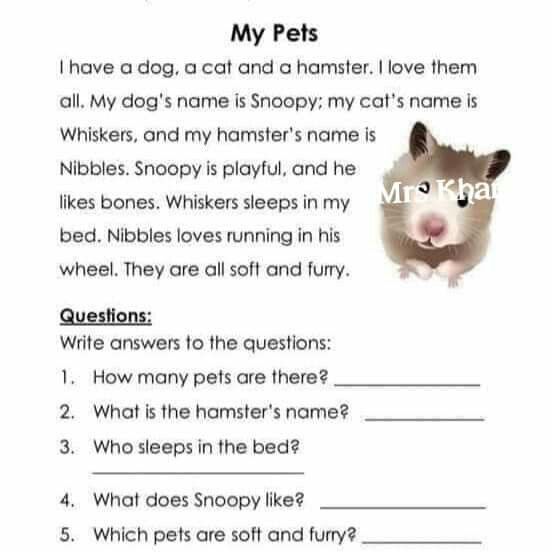 Based on this, Lamictal may be a good choice.
Based on this, Lamictal may be a good choice.
Lamictal as a possible treatment for obesity
Lamictal has also been studied as a possible treatment for obesity in people without epilepsy or bipolar disorder.
In a small clinical study of 40 people conducted in 2006, researchers randomly assigned participants to receive either lamiktal or placebo for up to 26 weeks. Each participant in the study had a body mass index (BMI) between 30 and 40, placing them in the obese group to the level of severe obesity. Those who took Lamictal lost an average of just over 10 pounds. Those who took the placebo lost about 7 pounds in the meantime, so while those who took Lamictal lost more weight, they didn't lose all that much more. nine0007 Another study in 2009 looked at Lamictal as a remedy for overeating. This study involved 51 people with the condition that 26 of them received Lamictal, and 25 - placebo.
Those who took Lamictal lost more weight than those who took placebo (about 2. 5 pounds vs. about one third of a pound) and did have significant improvements in blood sugar and cholesterol lab test results. However, Lamictal did not appear to affect other aspects of the eating disorder when compared to placebo. nine0003
5 pounds vs. about one third of a pound) and did have significant improvements in blood sugar and cholesterol lab test results. However, Lamictal did not appear to affect other aspects of the eating disorder when compared to placebo. nine0003
Tags
LamictalworryYou don't need a reason to increase
How to teach a child a first and last name? - Child
QUESTION
Julia
I am very interested at what age children should know their first and last name. React to the fact that they were named.
Personally, my daughter, as soon as she began to speak, it was before 2 years old, she could give her first name and also her last name, the only thing, instead of Evelyn, was Evenin. nine0003
Why am I asking the question? To be honest, I'm just curious.
I witnessed one story... I sent my daughter to dance, the group should have children 4-5 years old, as an exception there are several three-year-olds (or rather 3.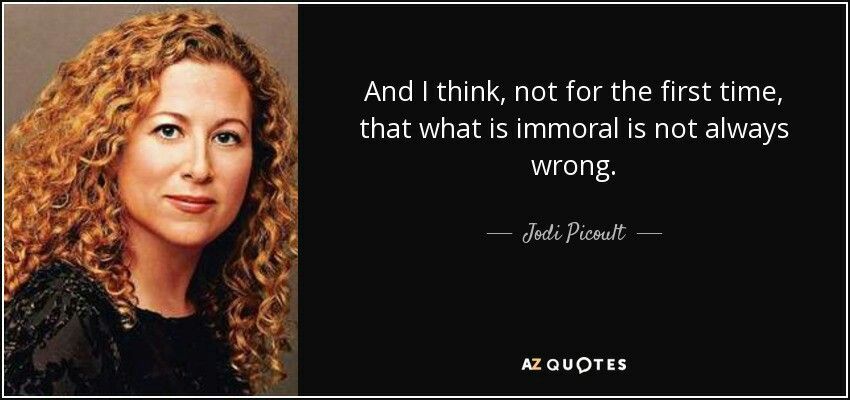 5, almost 4), my youngest, she was only three years old . So, the teacher tried to note who is and who is not, it turned out that this is unrealistic, since there were several children with some names and surnames, and some simply did not exist.
5, almost 4), my youngest, she was only three years old . So, the teacher tried to note who is and who is not, it turned out that this is unrealistic, since there were several children with some names and surnames, and some simply did not exist.
There were children without mothers in the hall, only me and another mother were sitting, they wanted to watch the lesson once, so the teacher found out as best she could ... One girl actually said that she was Nastya Princess ...
How to teach a child about your data?
ANSWER
Psychologist Irina Dedele answers:
The child begins to respond to his name quite early, another before the year .
It begins to pronounce at the same time as begins to actively speak .
As for the surname, some children who go to kindergarten know their surname and can call it from the very beginning (1.5-3 years). nine0003
nine0003
I am sure that a child of three or four years old is able to remember his last name. This is also necessary for his safety. By the age of four or five, it would not hurt for a child to know the name and surname of his parents, as well as their profession. Around the same age his address.
By the time a child enters school, it is desirable not only to know the first and last name, but also to be able to write them.
How to teach a child a first and last name?
Somehow the question never arose that this should be done on purpose. You just need to use it in life, tell your child about it. nine0003
A name is very important for a person. It has been proven that if you call a person by name, you involuntarily win him over. So, you should not call the child at home only a bunny and the sun, but more often use the name that you gave him.
It is clear that at home you do not call your child by your last name, but, for sure, he has heard and knows that others call you that.








